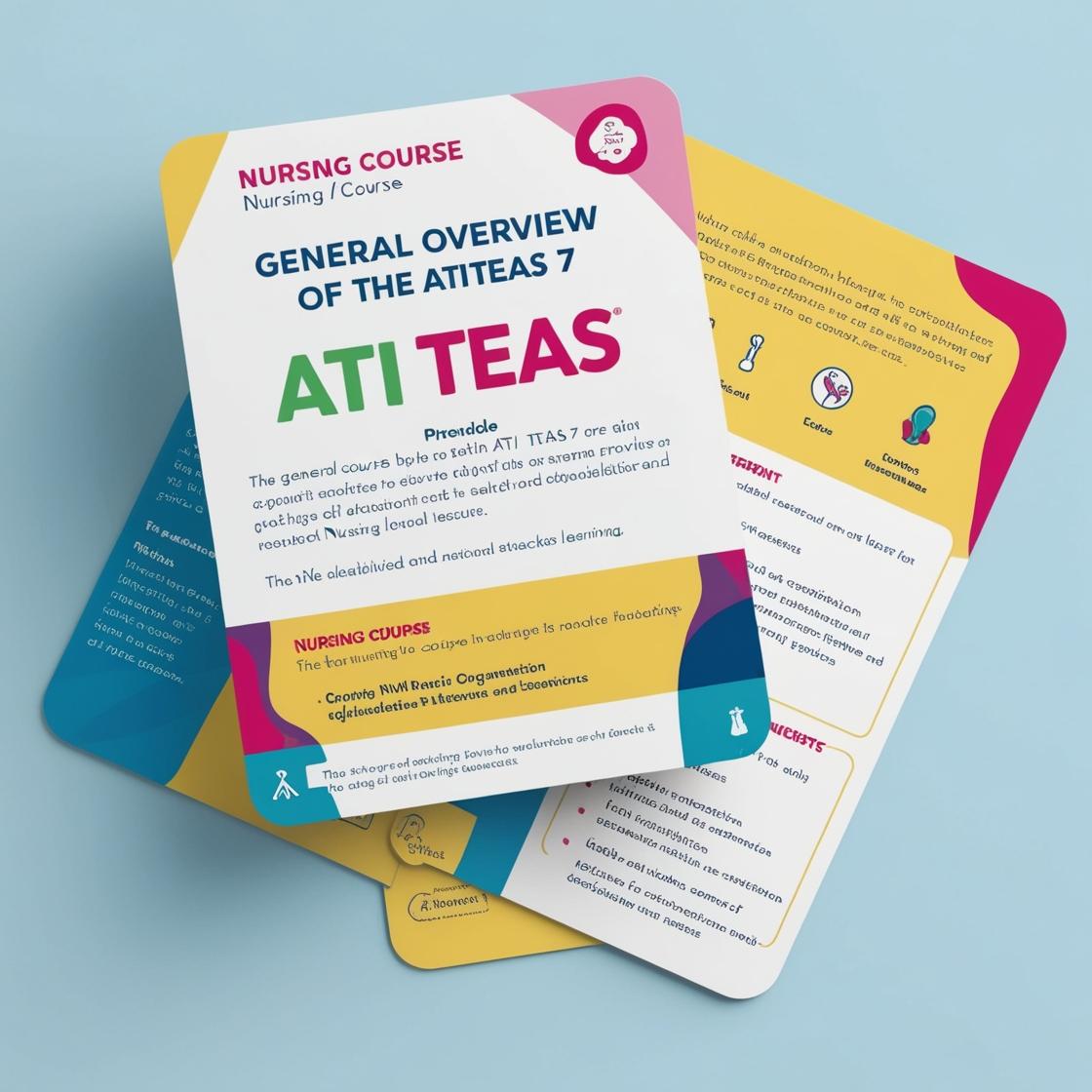ATI TEAS 7
ATI TEAS Practice Test Science
1. Where does glycolysis occur within the cell?
- A. Cytosol
- B. Nucleus
- C. Mitochondria
- D. Endoplasmic reticulum
Correct answer: A
Rationale: Glycolysis occurs in the cytosol, the liquid component of the cytoplasm, not in the nucleus, mitochondria, or endoplasmic reticulum. It is the initial step in cellular respiration and involves the breakdown of glucose into pyruvic acid. The process takes place in the cytosol as it does not require membrane-bound organelles like the mitochondria or endoplasmic reticulum for its completion.
2. What is the function of the pleurae?
- A. To compartmentalize and lubricate the lungs
- B. To facilitate the flow of air
- C. To produce mucus
- D. To serve as the passageway for air
Correct answer: A
Rationale: The pleurae play a crucial role in compartmentalizing and lubricating the lungs. The pleura is a double-layered membrane that surrounds the lungs and lines the chest cavity. This double-layered structure reduces friction between the lungs and the chest wall during breathing movements, allowing smooth expansion and contraction of the lungs. Options B, C, and D are incorrect. Option B, 'To facilitate the flow of air,' is incorrect because while the pleurae are involved in the respiratory process, their primary function is not to directly facilitate the flow of air. Option C, 'To produce mucus,' is incorrect as the production of mucus is not a primary function of the pleurae. Option D, 'To serve as the passageway for air,' is incorrect as the passageway for air refers to the air passages like the trachea and bronchi, not the pleurae. Therefore, option A is correct as it accurately describes the function of the pleurae.
3. Where is fat primarily digested, and where is protein primarily digested?
- A. Mouth; stomach
- B. Stomach; small intestine
- C. Small intestine; small intestine
- D. Small intestine; stomach
Correct answer: B
Rationale: The correct answer is B. Fats are primarily digested in the small intestine, where bile from the liver emulsifies fats for enzymatic digestion. The small intestine is where most of the absorption of nutrients occurs. Proteins, on the other hand, are mainly digested in the stomach by the enzyme pepsin under acidic conditions. The stomach's acidic environment helps denature proteins, making them more accessible to pepsin for digestion. Choices A, C, and D are incorrect because they do not accurately reflect the primary sites of fat and protein digestion in the human digestive system.
4. Which term refers to a molecule of DNA and structural protein?
- A. Lysosome
- B. Centrosome
- C. Chromosome
- D. Genome
Correct answer: C
Rationale: The correct answer is C: Chromosome. A chromosome is a structure composed of DNA and proteins that carries genetic information. It is the condensed form of DNA associated with structural proteins, not just a molecule of DNA or protein. Lysosomes are membrane-bound organelles containing digestive enzymes, not DNA and protein. Centrosomes are involved in cell division, not related to DNA and protein together. A genome refers to an organism's complete set of DNA, not specifically a molecule containing both DNA and structural protein.
5. Which structure in the heart is responsible for pumping oxygenated blood to the body?
- A. Right ventricle
- B. Left ventricle
- C. Left atrium
- D. Right atrium
Correct answer: B
Rationale: The left ventricle is the chamber responsible for pumping oxygenated blood from the heart to the body. It receives oxygen-rich blood from the left atrium and contracts to push this blood out to the rest of the body through the aorta. The right ventricle pumps deoxygenated blood to the lungs for oxygenation, making choices A, C, and D incorrect for this function. Therefore, the correct answer is B, the Left ventricle.
Similar Questions

Access More Features
ATI TEAS Premium Plus
$150/ 90 days
- Actual ATI TEAS 7 Questions
- 3,000 questions with answers
- 90 days access
ATI TEAS Basic
$99/ 30 days
- 3,000 Questions with answers
- 30 days access
